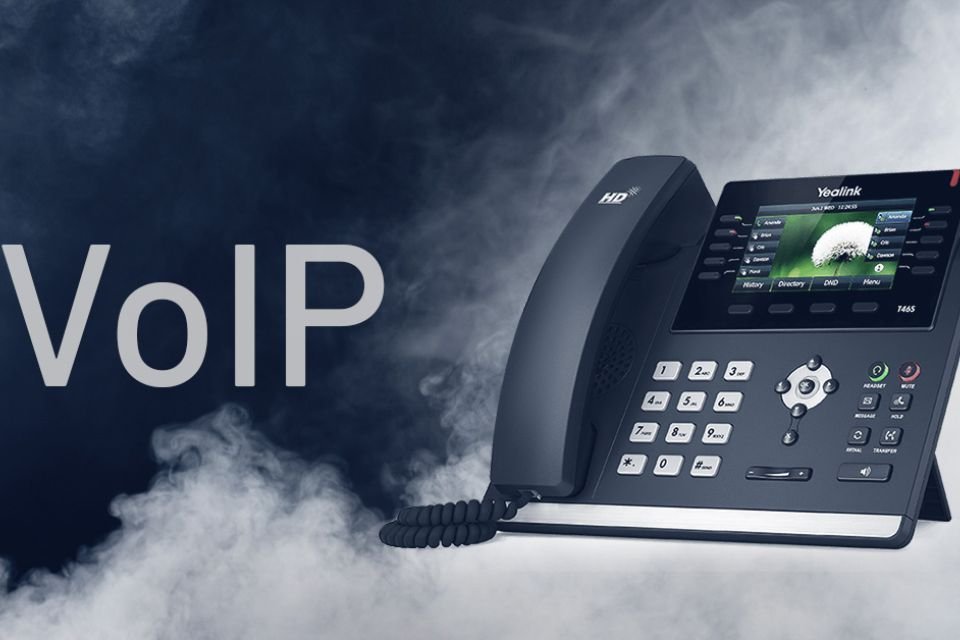What is Hosted VoIP?

Hosted VOIP is phone service provided through a carrier grade switch maintained and programmed offsite at a data center. The physical phones or Apps that a business would use are virtually connected back to this phone system via the internet.
Why use Hosted VOIP?
Built in Disaster Recovery
Data Centers traditionally provide multiple sources of internet, equipment, and power. When the phone system is housed within the data center , it ensures greater service up time. So even if your building burns down, your customers will still be able to reach you because all calls originate through the data center phone system with pre-programmed failover routes, greetings, and voicemail.
Savings
Businesses who switch to VoIP see a cost savings of around 50% to 75%! Imagine being able to reinvest that amount in other areas of your business! Also, there’s zero cost for programming, truck rolls, or maintenance.
Instant changes
Web portal allows business to make changes on the fly to their phone systems. That beats waiting for the phone company to “get to it”.
Basic Hosted VOIP Components
Cabling
Make sure you have CAT5E cabling or greater to prevent cross talk. That also makes troubleshooting easier for IT, as well as avoid finger pointing between them and Hosted VoIP. Dual networks for voice and data can be used, but aren’t necessary. If you’re on a budget, consider dect, wifi, or softphones.
Internet
Make sure you have enough bandwidth to accommodate 100kbs per phone call. In addition, some services I wouldn’t recommend for primary source. These include cable, microwave, cellular, or satellite. Having said that, I would recommend adding SD WAN service with a secondary source of internet. This will help fill in the dropped packet that shared internet services could cause.
POE switch
Your phones need power. While its true you can use power adapters instead of fork-lifting your switch, a mess of wires looks ghetto. (aesthetically unpleasing) and be a tripping hazard / lawsuit waiting to happen.
End POINT
Multiple options of phones (dect, door, wifi, desk, soft, conference) as well as apps that can be used in conjunction with a desk phone or without. I’m a big fan of Yealink , however Polycoms, Cisco, and Grandstream can be used.
IT Service/Person
Most VoIP providers don’t want to manage the security on your network, because it’s a different animal altogether. It’s not necessary to have an IT company to run VoIP however, in-house management should be considered.
VoIP Conversion Checklist
1. Existing service provider contract end date
Make sure you are no longer on contract with your existing provider. The majority of service providers charge 100% termination fees .
2. Get last phone bill
Get your latest phone bill if you are porting your phone numbers. Most businesses only keep main number and their fax line. LOAs will have to be approved and sent to the loosing provider and are only good for 30 days. They need to have the correct name and addresses and can be rejected for the smallest typo. Make note of any pin number as that is becoming an issue.
3. Convert any Analog Services
Identify analog services like postage meters, fax lines, modems, credit card machines, elevator lines, and alarm systems. Some devices can be converted so that analog lines are no longer needed.
4. Porting your numbers
Plan on 2-4 weeks to port your numbers to new service provider. Some existing providers hold onto the numbers longer. If you are in a hurry , it is possible to forward your number to a new number until you can port from the old provider.
Cloud Chief VoIP Services
Have questions? Call now or contact us via email for any additional questions. We offer voice and data solutions to business, including VoIP phones and services.